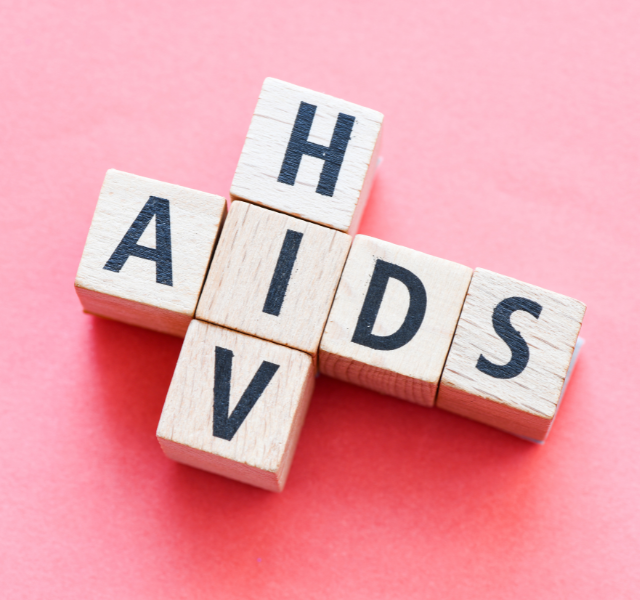

India’s HIV prevalence peaked in 2000, showing a continuous decline in the past two decades with 0.55% in 2000, to 0.32% in 2010 and 0.21% in 20211. Declining trends in adult HIV prevalence sustained in the high prevalence southern state of Karnataka (0.46%), though stable and rising trends have been noted in Delhi (0.31%).
The 15th round of HSS has depicted that the HIV epidemic in India continues to be concentrated among High-Risk Groups (HRG), with a higher prevalence of 6.26% among Injecting Drug Users (IDU) and 3.14% among Hijra/Transgender (H/TG) population at the national level. On the other hand, the prevalence among Female Sex Workers (FSW) is 1.56% and Men having sex with Men (MSM) is 2.7% has continued to show a declining trend at the national level. Still, a stable, high-level epidemic among IDUs continues to be a significant concern2. In addition, the bridge population of migrants (0.51%) and truckers (0.86%) also have added to the HIV epidemic.
Scaling up, managing, and monitoring large public health programs such as the National AIDS Control Program (NACP) required the government to have strong coordination, management, and technical capacity. The Government of India’s HIV prevention program has insourced expertise and skills from the private and nonprofit sectors through the TSUs to provide rapid and flexible support. This model of support maximizes technical support to respective State AIDS Control Societies (SACS). It ensures that national policies and strategies are implemented at the state level by closely coordinating with the SACS and providing capacity-building and direct implementation support to intervention units – Targeted Interventions (TIs).
India Health Action Trust (IHAT) has compiled this ’15 years’ Journey of IHAT’ report for technical assistance in implementing TIs for HIV prevention. IHAT implemented a project for 15 years in Karnataka (since 2007) and seven years in Delhi (since 2014) to support the quality implementation of the national HIV program. The project was officially closed on 15th September 2022.
1National AIDS Control Organization & ICMR-National Institute of Medical Statistics (2022). India HIV Estimates 2021: Fact Sheet. New Delhi: NACO, Ministry of Health and Family Welfare, Government of India.
2National AIDS Control Organization. ANC HSS 2019: Technical Report. New Delhi: NACO, Ministry of Health and Family Welfare, Government of India; 2020